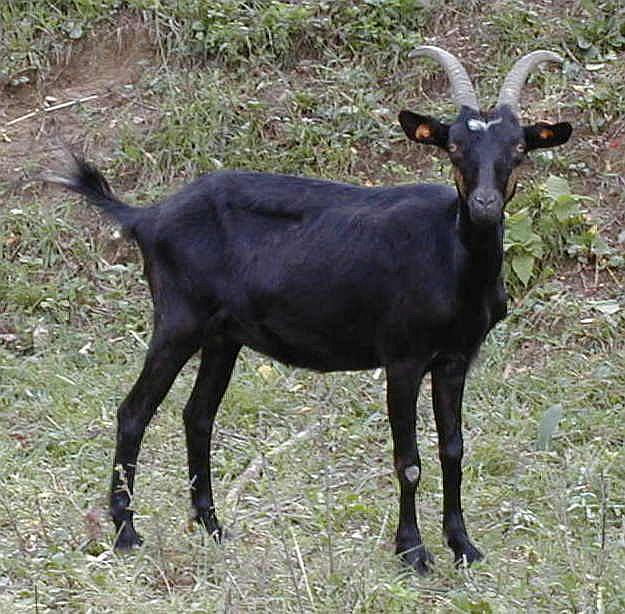
Goat breeding was once widespread in this part of Slovenia. Over the years, a distinctive Drežnica breed of goats emerged in the village. The animals were perfectly adapted to the unique conditions of the area, where the weather can be extreme, ranging from stifling heat to bitter cold. Most of the goats spend their summers on high-mountain pastures in groups of as many as 300. For months, they have no contact with people whatsoever.
During the heat of summer, they move to higher altitudes, up to 1700 meters. When fall arrives, their owners use a special manger to trap them: a mechanism is triggered when the goats come to feed. Once trapped, the animals are taken down to Drežnica for the winter.
Over the years, the town of Bovec became known for its dairy goats, while the Drežnica variety was prized primarily for its meat. The goats are of middle build with horns usually found on both males and females. Most Drežnica goats are dark, but they can be of any color; a combination of grey and black hair results in a color traditionally described as “green.”
Despite the breed’s success, political decisions made elsewhere ultimately led to a decline in the number of Drežnica goats. The first restrictions on goat breeding came in the 18th century, when the Slovenian Lands were ruled by the Hapsburgs. After World War II, the Communist authorities decided to ban goat breeding completely because of the damage the goats were supposedly doing to the environment. For a time, the very survival of the Drežnica breed was at stake.
Since Slovenia’s independence, the number of goats has slowly been increasing. Now, there are about 600 registered animals, and the breed is a part of a national protection program that includes a gene bank for the breed. And fortunately for the local farmers, there is a growing demand for goat meat. Goat breeders hope that their unique Drežnica goat will not just survive but also thrive in its traditional habitat – the mountains of northwestern Slovenia.

































































